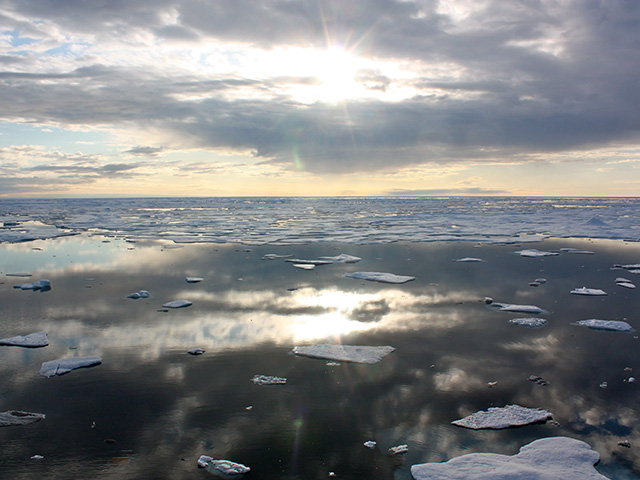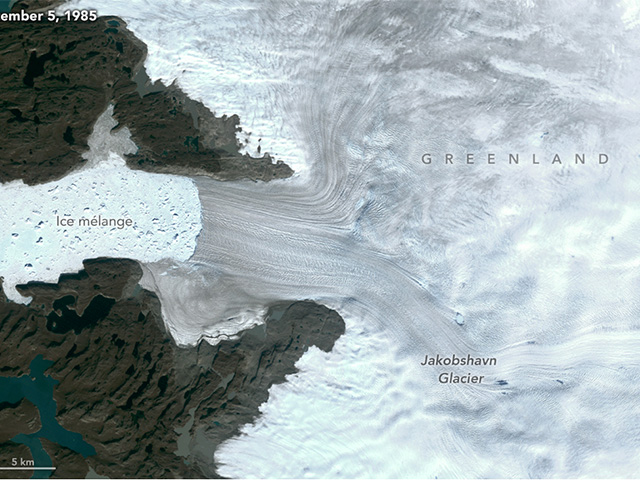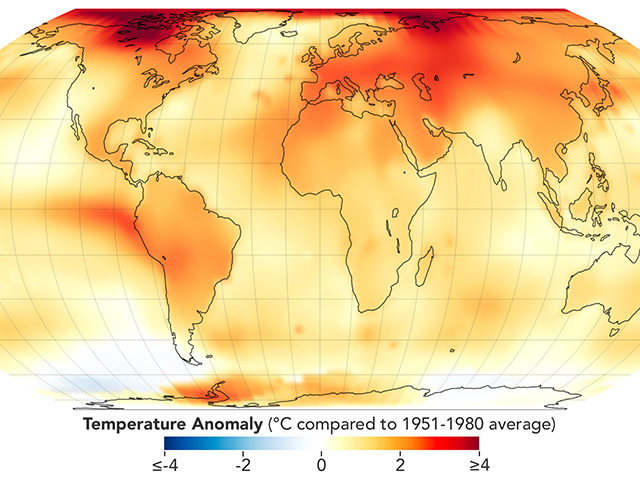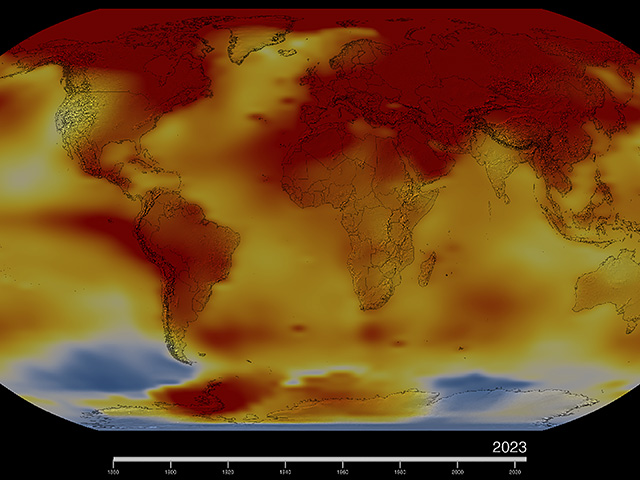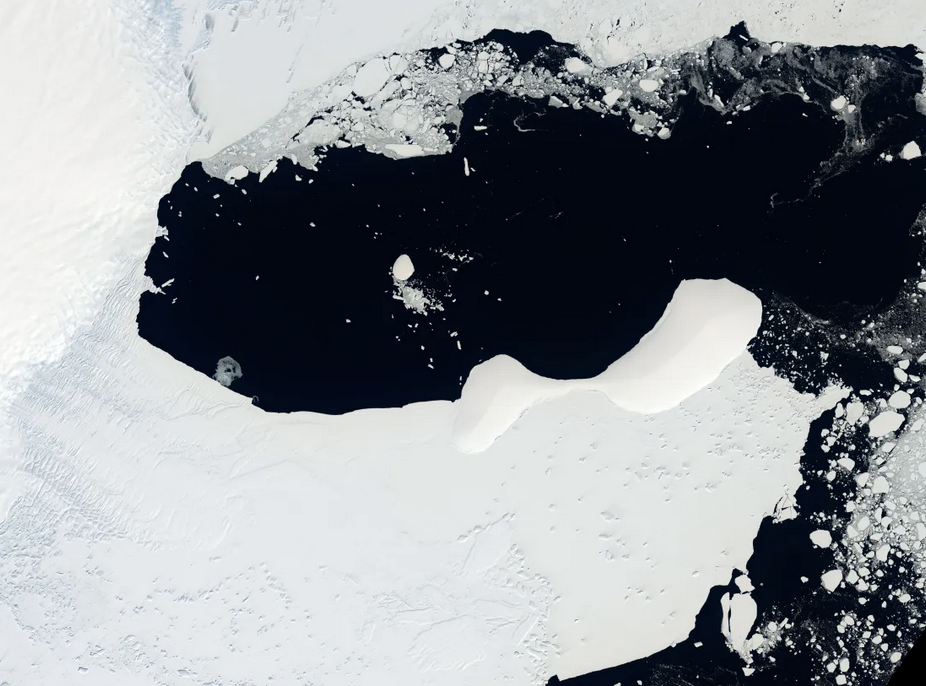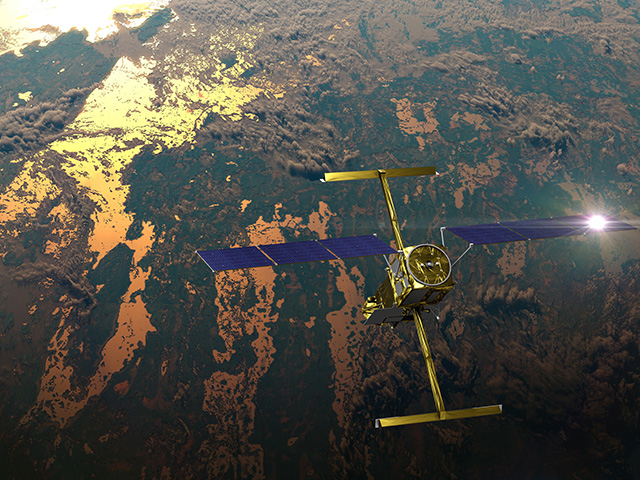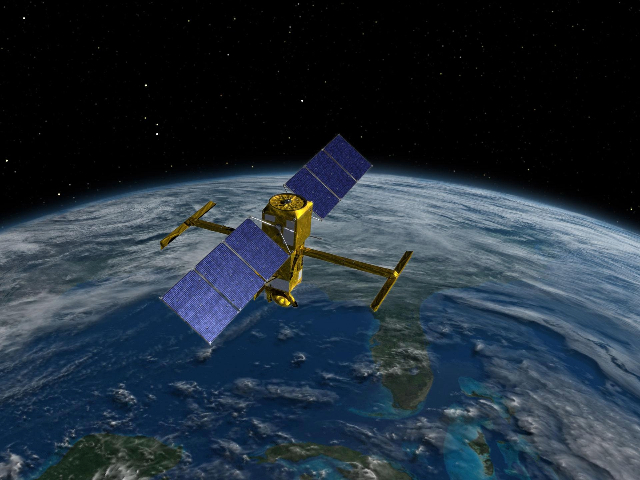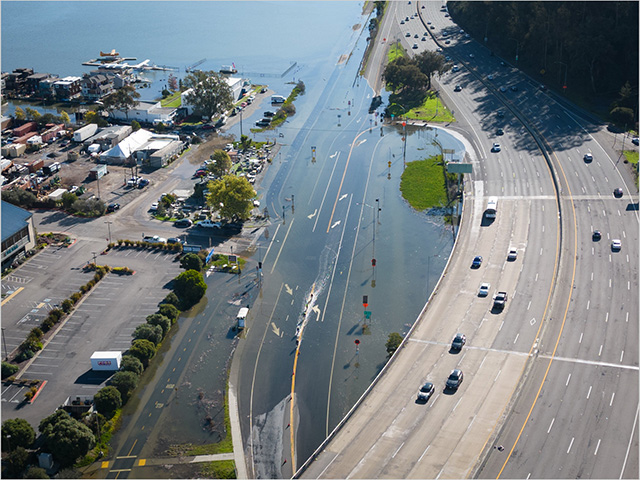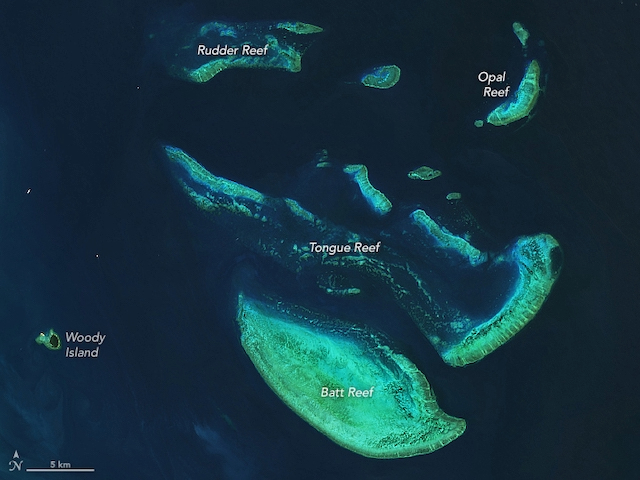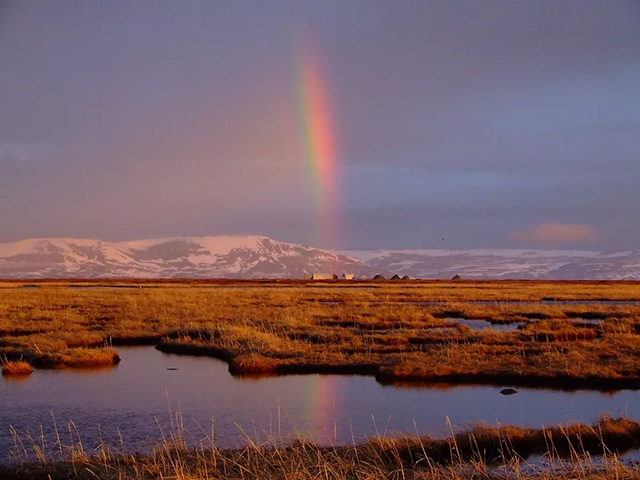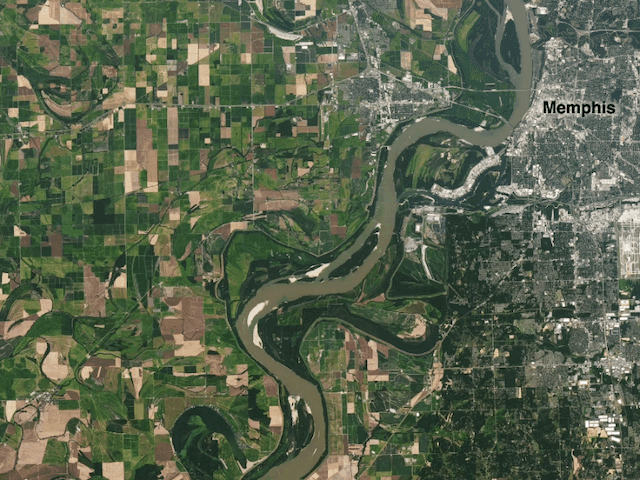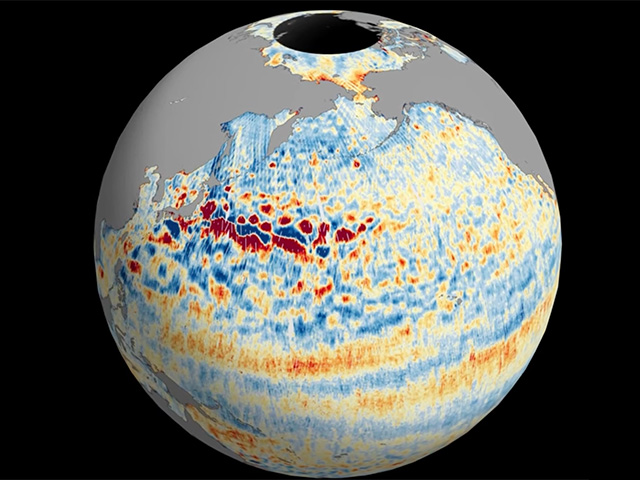Thank You
Email sent. Thanks for your feedback.
We receive a high volume of questions and comments and are able to respond only as time permits. However, we encourage you to use the website, including:
- Frequently Asked Questions to find the information you need.
- Our facts section for information on climate change evidence, causes, effects and more.
- Resources for graphics, multimedia and other classroom-friendly products.
- Interactives, Images of Change, and Earth Minute videos for an immersive experience in NASA Earth science.
- Our Solutions section for tools and additional information on responding to climate change.


